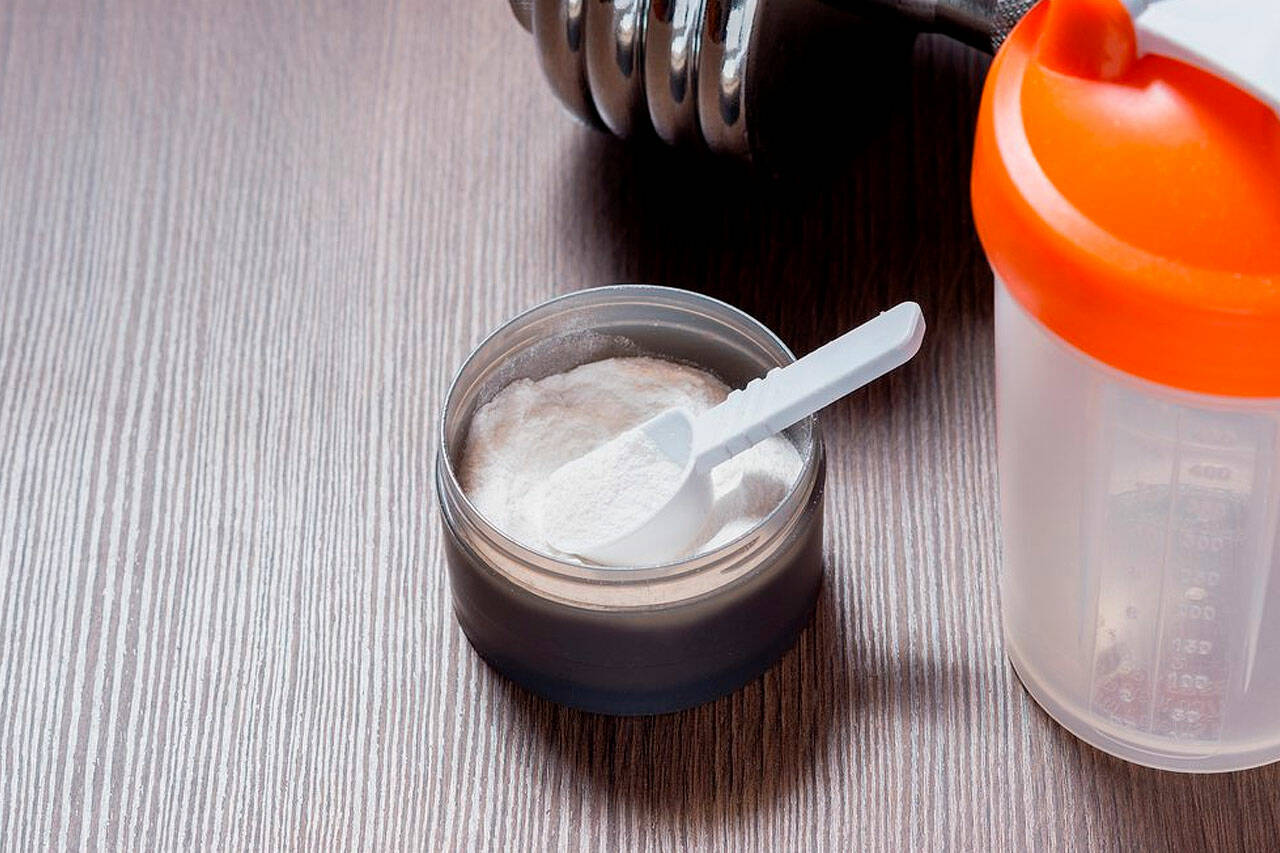If you’ve been working out for any length of time, chances are that someone has mentioned creatine supplementation to you. Experts agree that adding a creatine supplement to your fitness routine is a cheap, easy, and safe way to increase your strength and muscle gains and improve your overall athletic performance.
Creatine is cheap and research has proven that it offers a wide range of benefits for increasing muscle growth, improving athletic performance, and boosting brain health.
Despite the misconceptions surrounding this fitness supplement, creatine is not a steroid and there is plenty of proof that it’s safe for most people. There are many people who could benefit from adding a creatine supplement to their routine and it’s definitely something that everyone should at least consider, according to the experts.
Safety & Efficacy of Creatine Supplementation
According to research, creatine is safe and effective for increasing strength and muscle gains when used along with a consistent workout routine. Creatine is a tripeptide, which means it is made up of three amino acids. It is stored in your muscle tissue as phosphocreatine and is used to provide your body with energy. It can also be found in seafood, poultry, and red meat. However, only in small amounts, and most of it is lost during cooking.
It has been proven to play a critical role in the chemical reactions that fuel your cells. The more phosphocreatine you have stored, the better you will perform in short, intense anaerobic exercises. This results in an increase in muscle mass and an improvement in anaerobic fitness.
Additionally, it has been proven to be one of the safest supplements on the market, according to fitness experts. However, you still need to consult with your medical provider before using it, since it may have some health risks for individuals who already have kidney or liver problems. Research does indicate that healthy individuals should be able to use it long-term with few to no risks.
Creatine + Strength Training = Increased Muscle
Of course, it’s not a requirement to be athletic to use creatine, but it does work best for increasing muscle mass when used along with a workout routine. Some experts do indicate that there are some benefits to your muscle performance associated with creatine without working out- but they are not nearly as potent.
Therefore, whether you are training 7 days a week or only 2, creatine can increase the benefits of your strength training routine to help you reach your gains quickly. Of course, it’s also important to make sure that you focus on other healthy habits, such as getting proper nutrition and adequate sleep to ensure that you get the most from your supplements.
Consistency & Proper Dosages are Critical
Creatine supplementation increases the overall levels of creatine in your muscle tissue and in order for it to work, you need to use it on a regular basis. You will hear different recommendations from different sources, but it appears that it doesn’t really matter whether you take it prior to, during, or following your workout.
When it comes to creatine supplementation, there are a couple of different strategies that experts recommend.
Option 1: take the recommended dosage of 3 to 5 grams every day and you’ll see results in about a month.
Option 2: take a total of 20 grams daily, spread out in 4 to 5 doses throughout the day for the first 5 to 7 days. Then, drop to the maintenance dosage of 3 to 5 grams daily. This is known as creatine loading and can speed up your body’s absorption of the supplement. The only issue is that this increases your risk of experiencing side effects such as digestive upset.
Choose the Right Type of Creatine
There are several different types of creatine, and they are not all created equal. In order to get the most benefit from creatine supplementation, experts recommend that you use creatine monohydrate.
This version of creatine is the cheapest, most available, and most researched form of creatine and experts agree that it is safe and effective.
Some of the other forms of creatine include:
- Creatine hydrochloride (Creatine HCl): made by attaching a hydrochloride molecule to a creatine molecule. This increases the water solubility of the creatine, which some believe make it easier for the body to digest.
- Creatine magnesium chelate: made by attaching a magnesium molecule to a creatine molecule. Some research indicates that this version is easier for the body to use.
- Buffered creatine: has a higher pH than creatine monohydrate. Two most common brands include Kre-Alkalyn and Crea-Trona.
- Creatine ethyl ester (CEE): made by attaching a creatine molecule to an ester molecule, which is believed to increase bioavailability and improve absorption.
There are some who believe that some of the other types of creatine are better- but there is not enough scientific proof of their effectiveness and safety compared to creatine monohydrate. Additionally, it’s important to note that some of these other forms have a higher risk of side effects such as digestive problems.
Conclusion
If you’ve been working out any length of time, you’ve probably heard of creatine. As you can see, there are lots of reasons to incorporate this into your training routine if you are trying to add muscle and bulk up. However, it’s important to note that you want to do your research and make sure to choose a creatine monohydrate. Also, check with your medical provider before you add any type of supplement to your routine- just to be safe.



